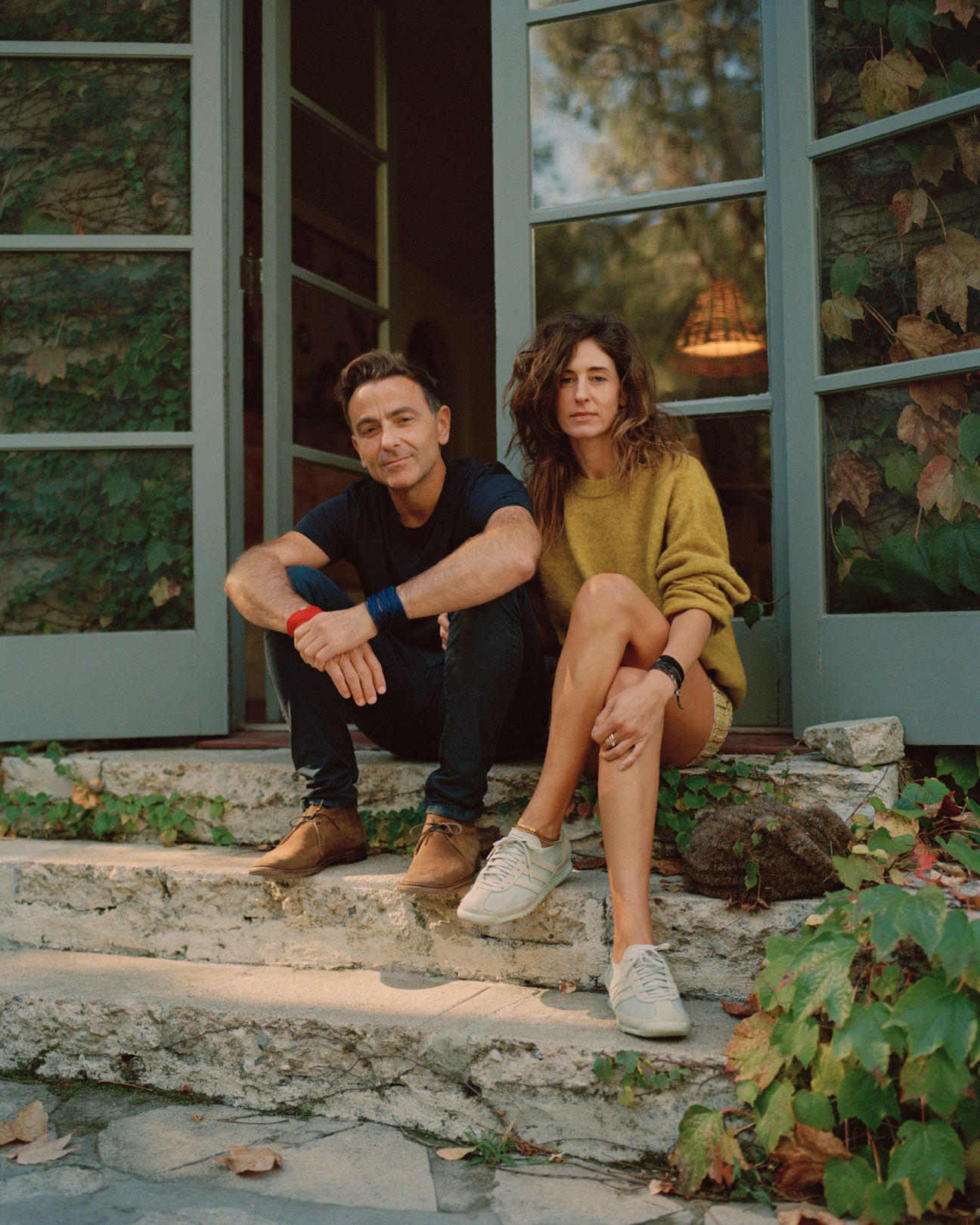
In the hills above Los Angeles, Benjamin Trigano has a house to get lost in.
Built in 1933 along a steep Lake Hollywood slope, it features a total of seven split-levels that descend through a maze of staircases and surprise side rooms, one of which maintains its original orange-hued wood panels—a true rarity in LA these days. The views of the city are exquisite, and the ample backyard is perfect for parties. (Trigano, who is the founder of the West Hollywood gallery M+B, has been known to stage an occasional art-world rager there.)
He moved in 10 years ago, and he’s barely changed a thing. “When you make everything perfect, it loses its edge and its life—it feels like a store,” he says as he ushers me down one of its many staircases. “I think a house needs to be lived in.”
The main event, it becomes clear as we wind through the house, is the collection—an eclectic mix of art and design, high and low, covering the walls and shelves. The den features paintings by Brandon D. Landers and Harold Ancart, multiple artist-designed chess sets, wooden busts, and an enormous brown leather sofa the exact color of the walls’ wooden panels. The low gold light comes from a pair of electric candles flanking a bronze ram’s head mounted to the wall. Surprisingly, this was not an original feature of the house. “I actually found them at the flea market,” he says. “This is French chinoiserie.”
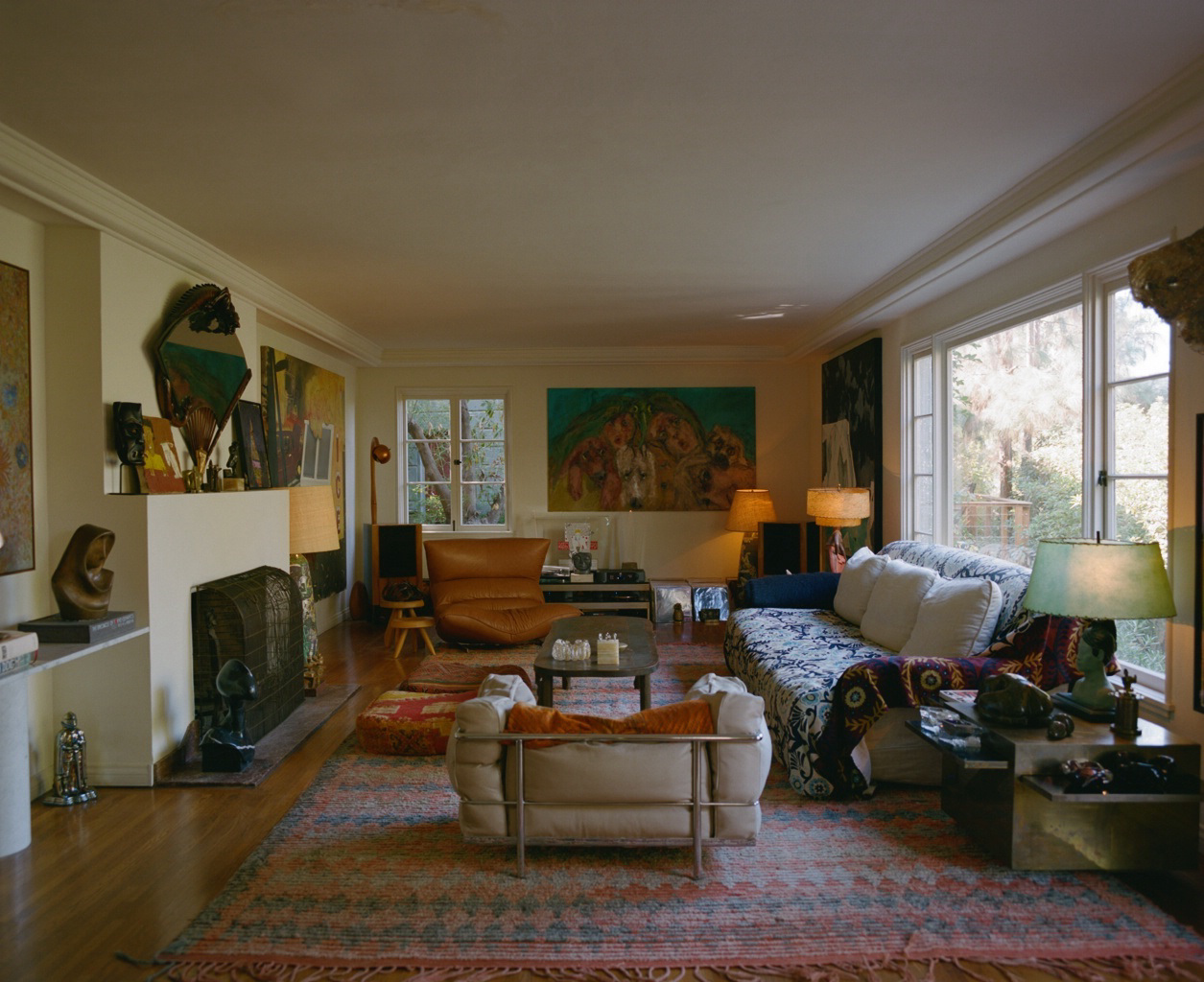
It’s all very chaotic, elegantly done, and especially warm. Hospitality, after all, is in Trigano’s blood. His late grandfather was an early developer of Club Med, and Trigano founded the Philippe Starck–designed Mama Shelter hotels with his father and brother. (Right now, they have more Starck-designed properties in the works in France.)
Raised between New York and Paris, he came to Los Angeles roughly 20 years ago to open a hotel in Palm Springs that ultimately didn’t go as planned. “We got into a disagreement,” Trigano says of his former business partners, but he decided to stay in LA anyway.
The gallerist initially founded M+B as a photography space in 2005, when LA was still a “photo town.” In the years since, he’s shifted his focus to contemporary art, and more recently opened two more spaces that merge the art business with a sense of hospitality. In Milan, Casa MB exhibits art inside a flat with colorful limewashed rooms full of elegant millwork. In São Paulo, Trigano has Domo Damo—a gallery and artist residency situated in the concrete oasis of a Paulo Mendes da Rocha–designed home.
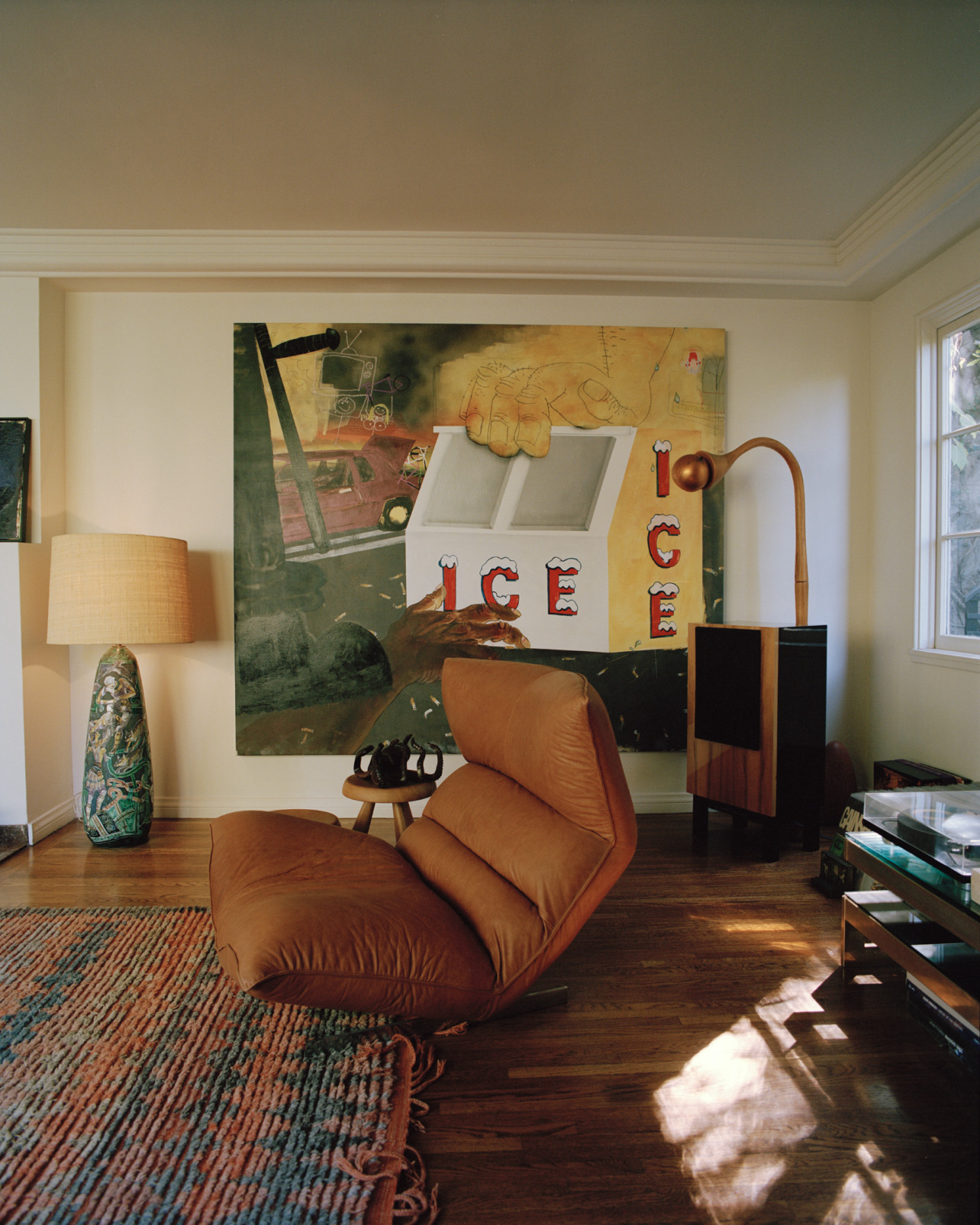
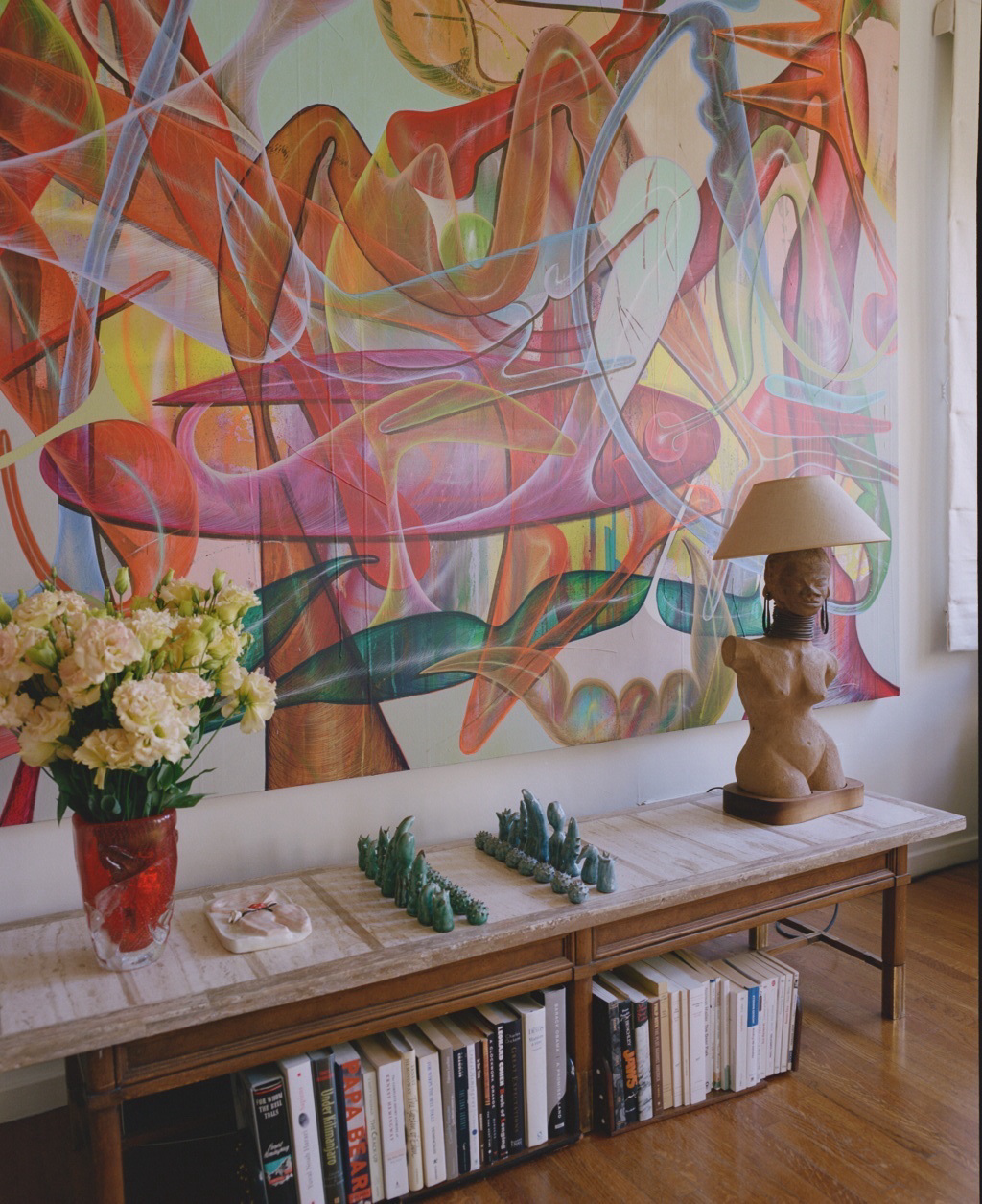
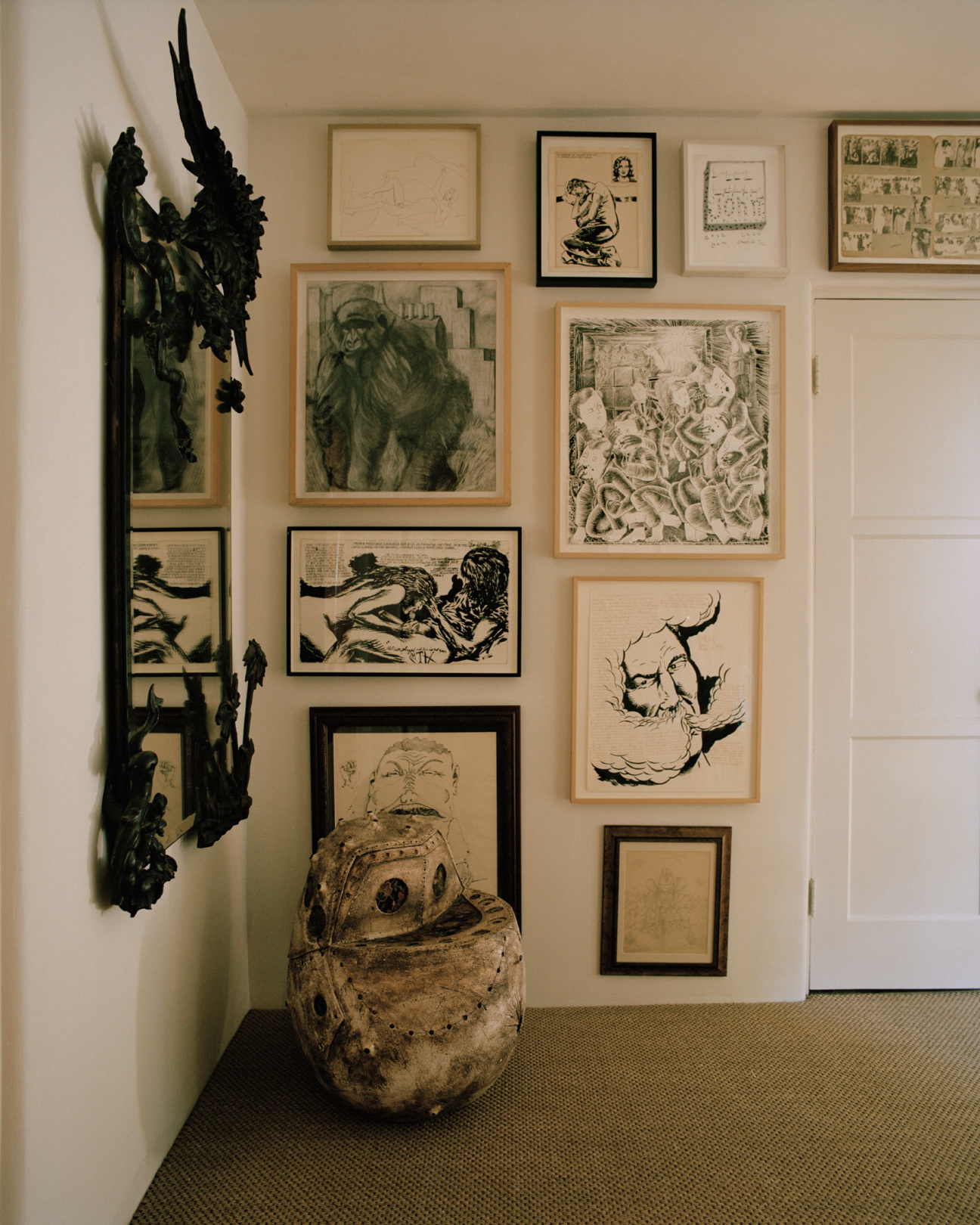
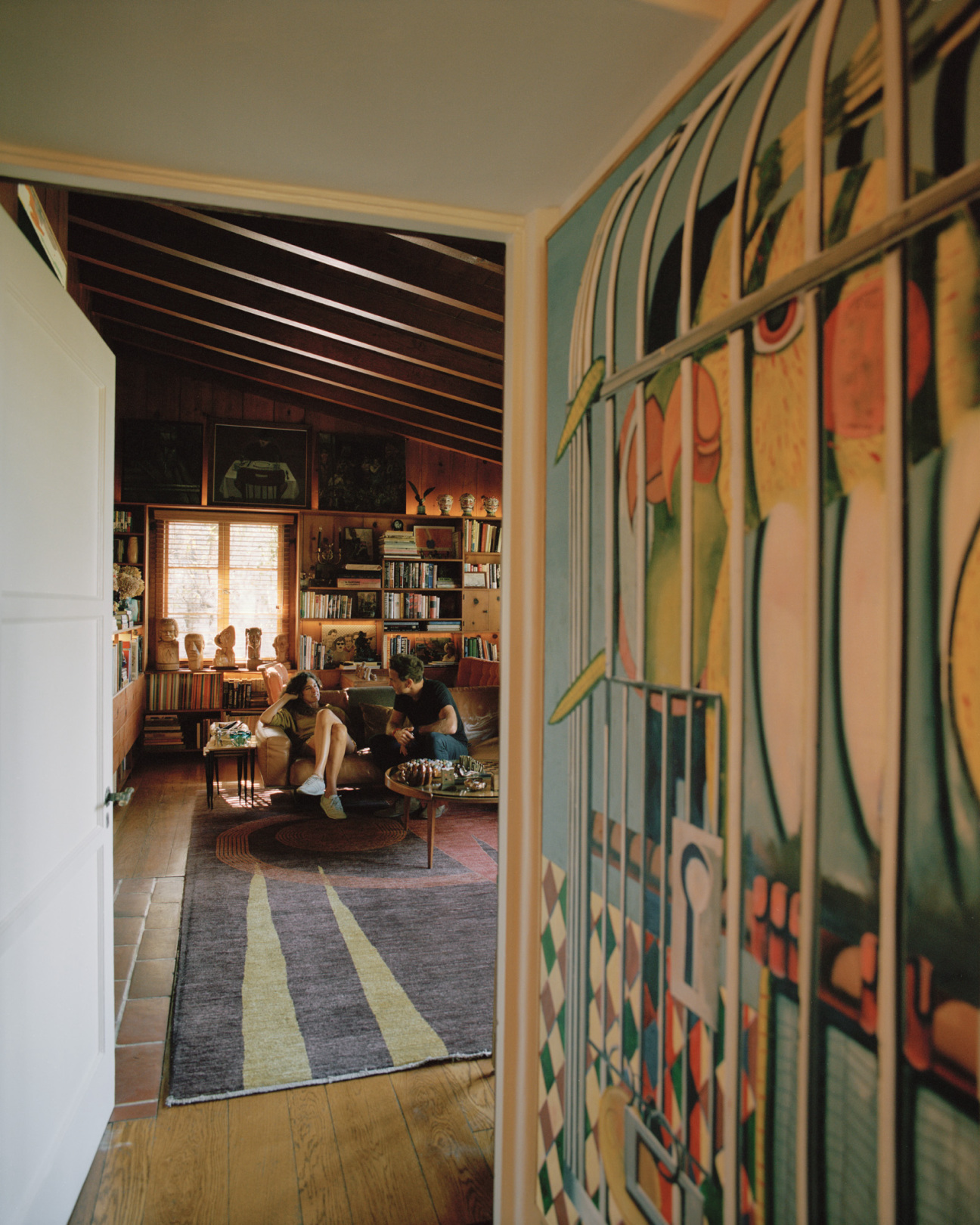
His goal for both has been to create “spaces that people want to spend time in”—he finds galleries, in terms of their architecture and programming alike, increasingly difficult to tell apart these days. “I don’t believe in these white cube spaces anymore. They feel a bit dated. If you want to bring a new generation of people, you’re not going to manage it by doing this.”
Trigano takes after his mother, an avid collector of Asian and African art. “Her house is like mine on steroids,” he says, although neither of them would identify as a collector for the sense of intentionality the term implies. “I’m not very disciplined,” he adds. “When I like something, I try to collect as much of it as I can afford or find.”
This includes a series of works by incarcerated individuals, drawn on envelopes or painted on pillowcases, which he finds on eBay and hangs salon-style in immaculate frames. Chinoiserie is another major theme, with ornately sculpted dragons curling around mirrors in various rooms.
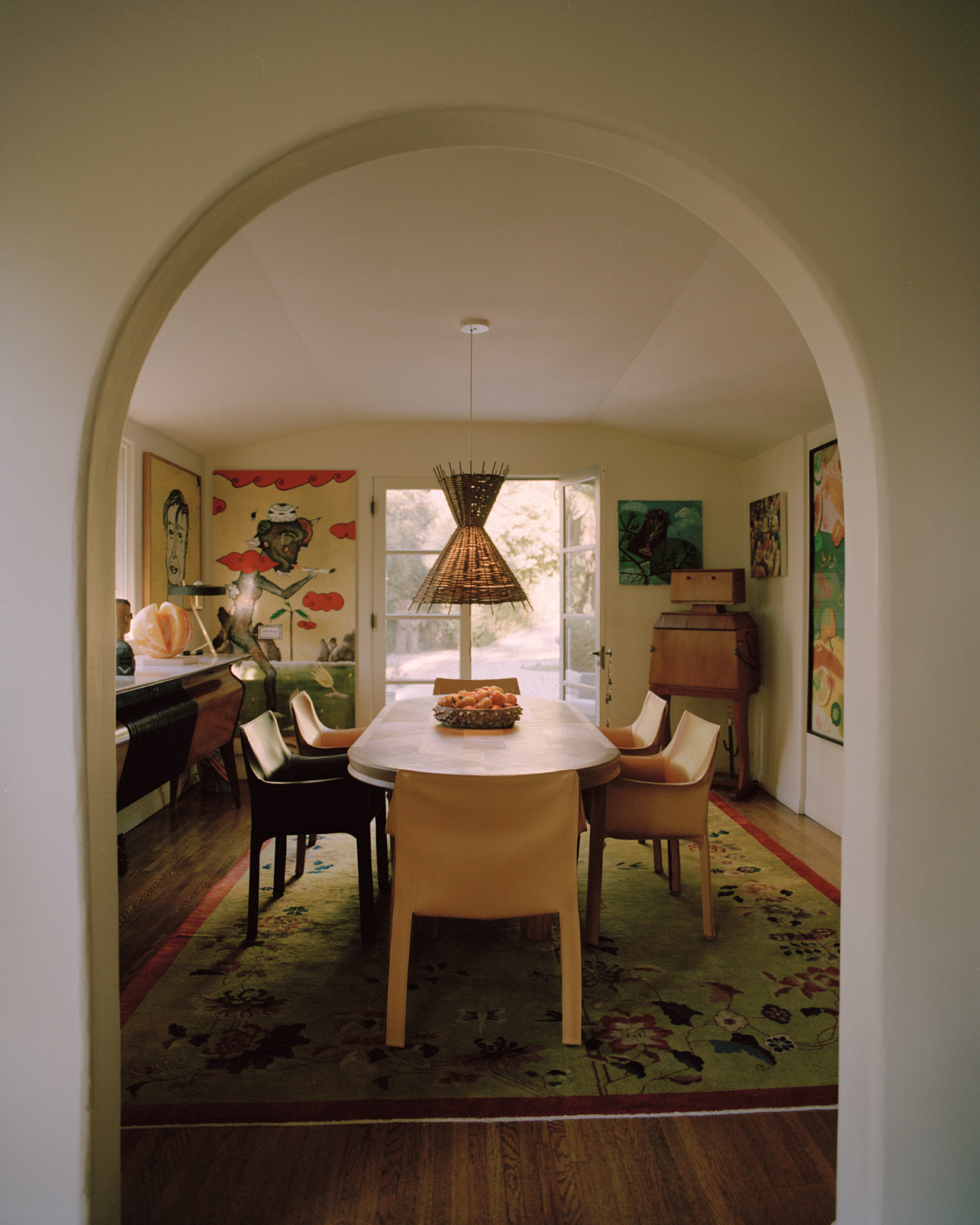
The recurring theme throughout this varied collection is his earnest personal affinity. “I like things you feel in your gut,” he says. “In the art business, it’s the things that challenge you or make you uncomfortable that are exciting.” He compares less impactful art to pop music: “You listen to it 20 times, then you’re bored. That’s why I love Prince,” he adds, nodding to what he describes as his most prized possession: pages of handwritten lyrics framed and mounted on the foyer wall opposite a Raymond Pettibon drawing.
Portraits of the musician reappear throughout the house—black-and-white photographs, a painting by artist Nathaniel Mary Quinn, and another painting by Trigano’s son. “His songs are so intricate, more complex the more you listen to them. Great pieces of music are hard to get into, but the more you listen, the more you like.”
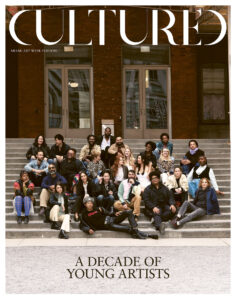
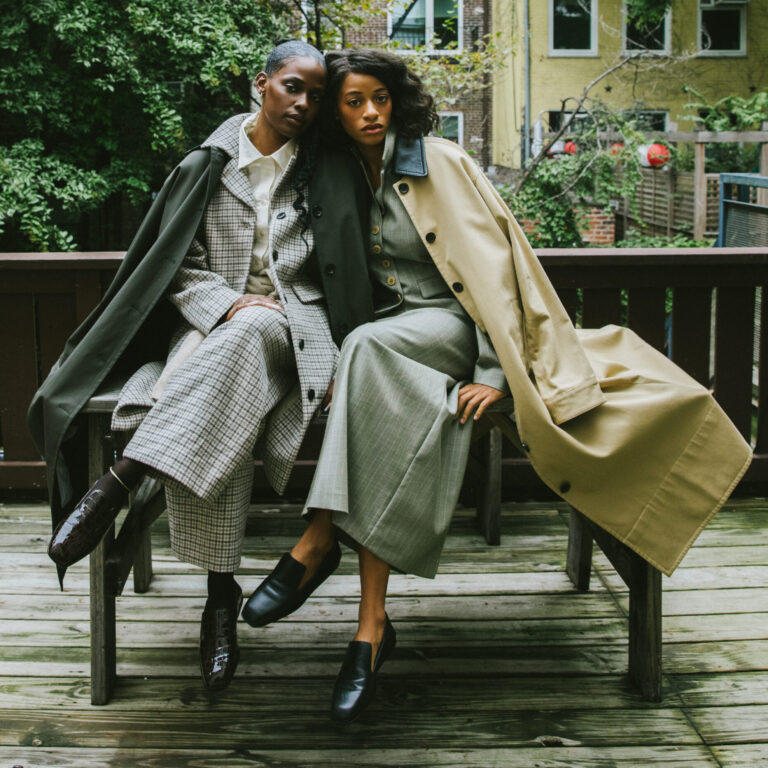
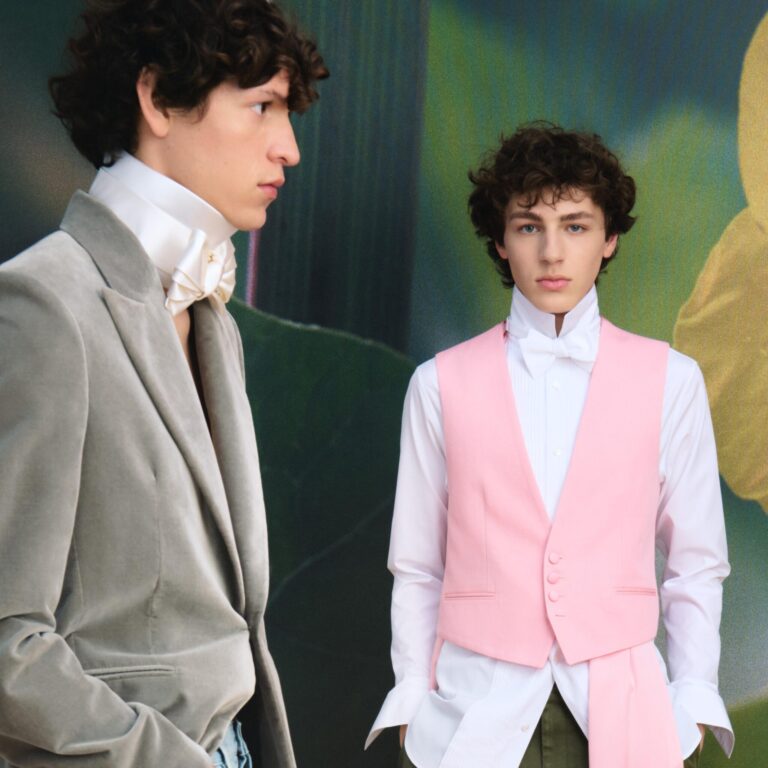
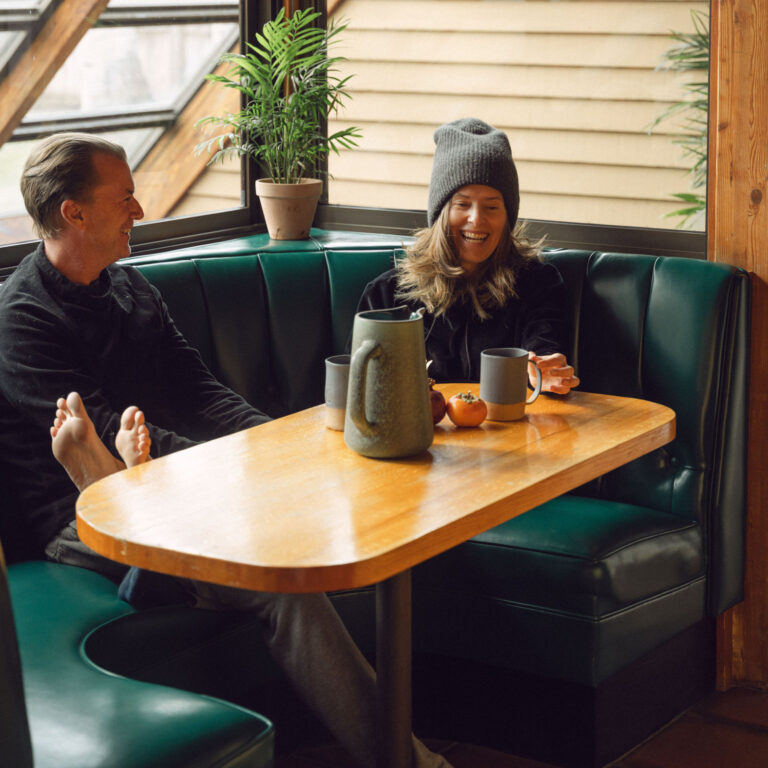
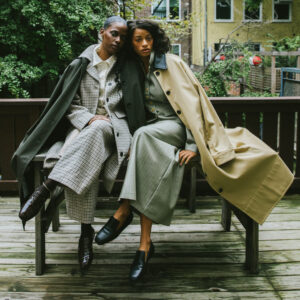
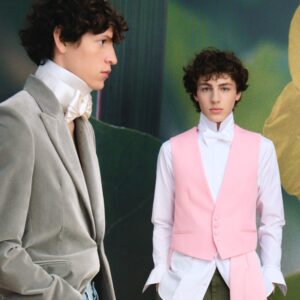
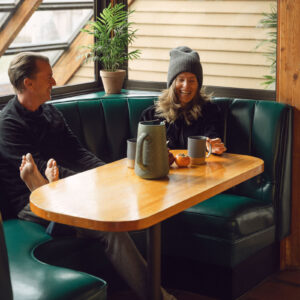

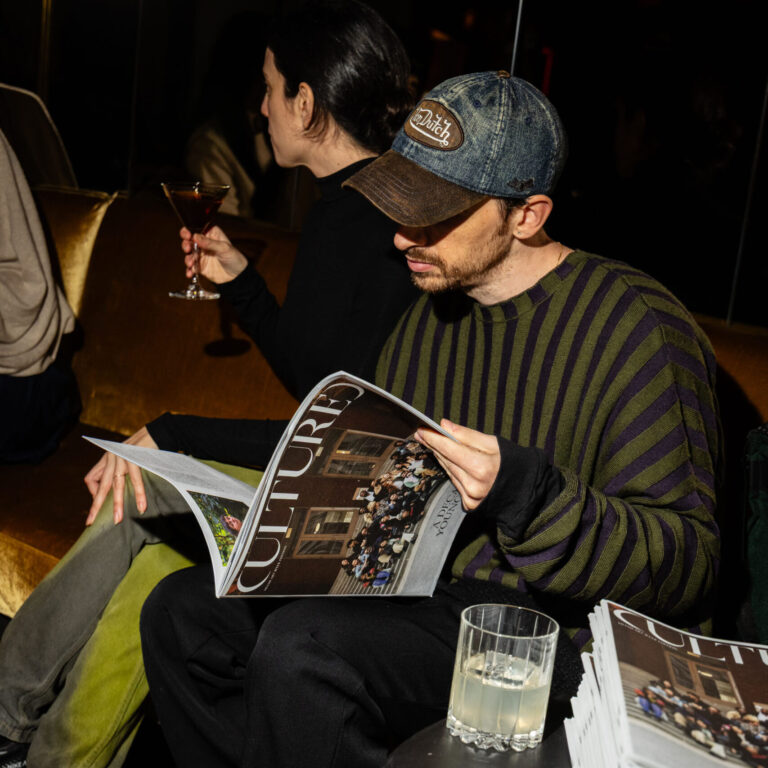

 in your life?
in your life?

